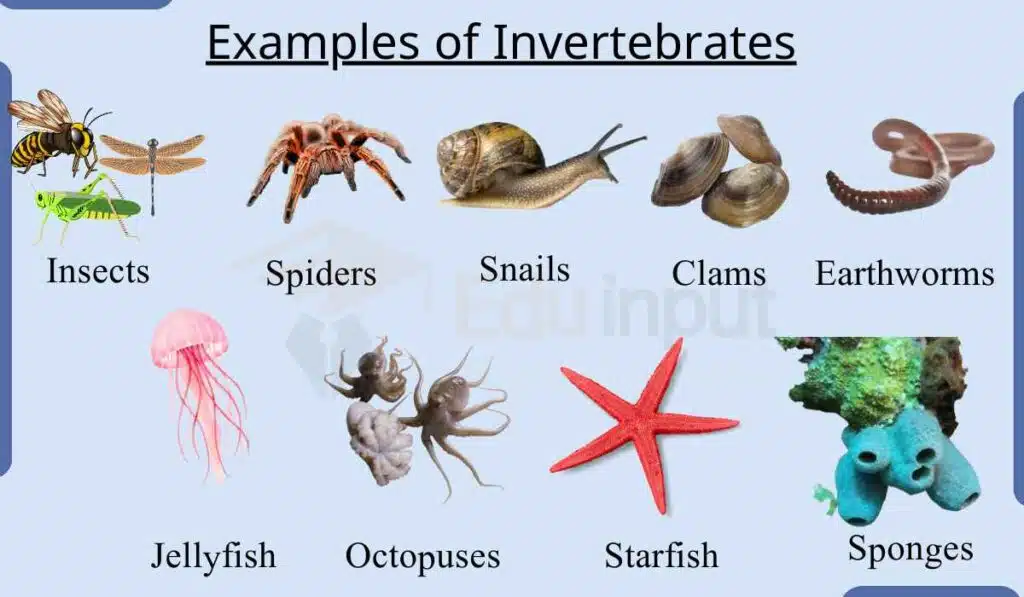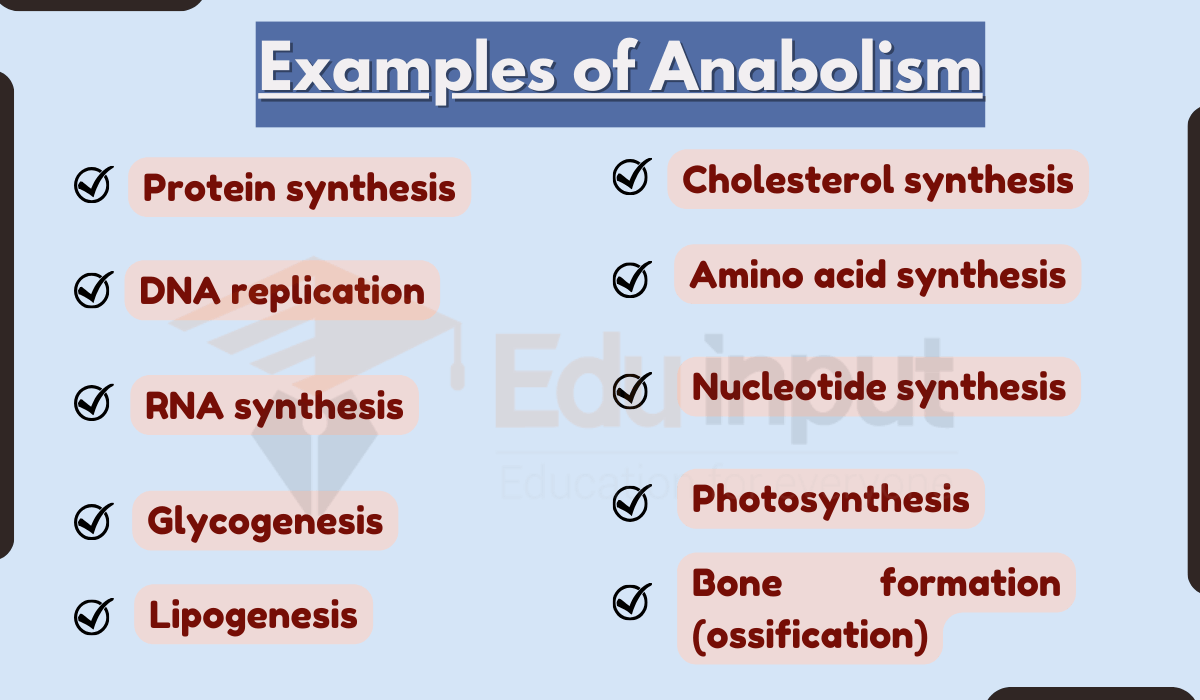10 Examples of Invertebrates
What are invertebrates? Invertebrates are animals without a backbone or vertebral column. They represent the most diverse group in the animal kingdom.
Examples of invertebrates include insects, spiders, jellyfish, worms, and snails. These invertebrates animals live in every ecosystem on Earth. 10 examples of invertebrates commonly studied are butterflies, ants, octopuses, starfish, crabs, earthworms, sponges, corals, squid, and bees.
Example of invertebrates animals show incredible adaptations. Insects fly, crawl, and swim. Jellyfish drift through oceans. Invertebrate animals like spiders spin webs, while octopuses change colors instantly.
Example of invertebrate diversity is clear, over 97% of all animal species lack backbones. Invertebrates examples range from microscopic organisms to giant squid. These invertebrate species thrive everywhere, from deep oceans to deserts, showcasing nature’s vast creativity in every habitat imaginable.

Also Read About Locomotion Methods in Terrestrial Invertebrates
Examples of Invertebrates
Here are 10 Examples of invertebrate groups, their habitat, and why they are considered invertebrates:
1. Insects
One of the most common groups of invertebrates is insects. They inhabit land, water, and air and are characterized by their hard exoskeletons, three pairs of legs, and, in many cases, two pairs of wings. With over a million known species, insects are the most diverse group of invertebrates animals on Earth, making them an essential part of ecosystems worldwide. So Are insects invertebrates? Yes, they are a significant example of invertebrates.
2. Spiders
Spiders, another well-known invertebrate animal, are found in every part of the world except Antarctica. These arachnids, unlike insects, have eight legs and a hard exoskeleton. Their fangs, known as chelicerae, inject venom into their prey, making them skilled hunters. Spiders play a crucial role in controlling insect populations and maintaining ecological balance. What are invertebrates like spiders? They are predators essential for biodiversity.
3. Snails
Snails are examples of invertebrate animals that can be found in a variety of habitats, including land, water, and even on trees. These creatures have soft bodies protected by a shell, and they possess a pair of tentacles with eyes. Snails are unique because they can breathe through their skin, allowing them to survive underwater for short periods. Their slow-moving nature and distinctive shells make them easily recognizable.
Read How Soft Bodied Invertebrates Move
4. Clams
Clams are another example of invertebrates that live in both saltwater and freshwater habitats. They have a hard shell that encloses their soft body and a muscular foot that allows them to burrow into sand or mud. As filter feeders, clams play an important role in water filtration, consuming tiny plants and animals suspended in the water. This highlights their importance in invertebrate species ecosystems.
5. Earthworms
Earthworms are essential invertebrates animals found in soil. With their segmented bodies and soft, mucous-covered skin, earthworms help aerate the soil and improve its fertility. Their burrowing activities enrich the soil with organic matter, making it more productive for plants. Earthworms are a key invertebrate example in supporting plant growth and soil health.
6. Jellyfish
Jellyfish are ancient invertebrates examples that have existed for over 500 million years. Found in both saltwater and freshwater habitats, jellyfish have a gelatinous body and use stinging cells to capture prey and defend themselves. Their simple yet effective anatomy has made them one of the oldest surviving invertebrate animals.
7. Octopuses
Octopuses are intelligent invertebrates animals names known for their problem-solving abilities. They have eight arms, a sharp beak, and powerful suckers on their arms. Living in both saltwater and freshwater environments, octopuses are skilled hunters and can escape from complex traps, showcasing their remarkable intelligence. This makes them a fascinating example of invertebrates.
8. Starfish
Starfish are marine invertebrate animals examples with spiny skin and five arms connected to a central disk. Found in both saltwater and freshwater habitats, starfish are capable of regenerating lost limbs, a fascinating ability that allows them to survive and recover from injury. Their ability to regenerate makes them resilient in the face of adversity.
9. Sponges
Sponges are some of the simplest invertebrates. These creatures live in water and filter feed by drawing water through their porous bodies. Sponges lack a nervous system or brain, yet they play an important role in marine ecosystems by filtering water and providing habitats for other organisms.
10. Corals
Corals are another significant group of invertebrate animals. Found in tropical oceans, corals are marine organisms that build massive coral reefs, which are vital habitats for countless other species. Corals are unique because they live in symbiosis with algae, which provide them with energy through photosynthesis. Coral reefs play a critical role in marine ecosystems and support a vast array of biodiversity.





Leave a Reply